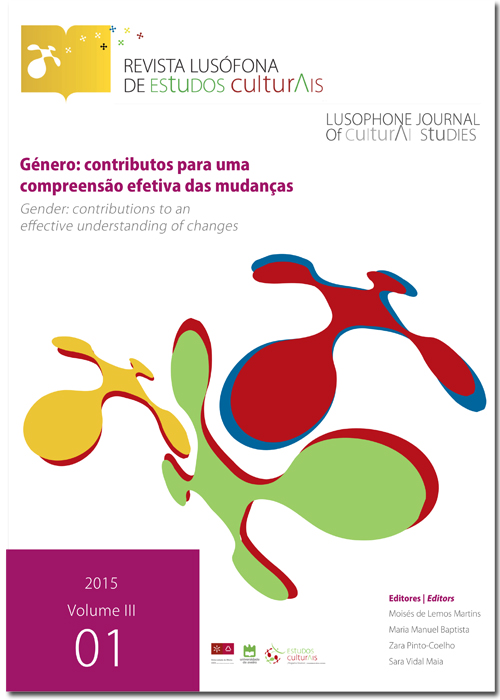Analysis of a collective action: communication and the mobilization for women’s free decisions in childbirth
DOI:
https://doi.org/10.21814/rlec.82Keywords:
Communication, collective action, mobilization, childbirth, FacebookAbstract
This paper presents some of the results of the research titled From the Internet to the Streets: Marching in Defense of Homebirth. It is based on a discussion about the role of communication and collective actors in Brazilian society. The aim was to observe whether people involved in movements for humanizing childbirth in Brazil were successful at increasing the social visibility of the theme through the use of the Internet and other mass media resources. The methodology consisted of the documentary analysis of online materials related to a conflict between people defending humanized childbirth on the one hand, and the Rio de Janeiro State’s Regional Medical Council (Cremerj) on the other. The study of the content of a Facebook page used in the organization of the March in Defense of Homebirth confirmed that the website had a crucial role in the process and justified the choice of focusing the analysis on the movement’s use of the Internet and social networks. Detailed interviews with articulators of the collective action were also conducted to elucidate some matters and to confirm or refute hypotheses. The people involved in the movement came together to defend a cause, i.e. women’s freedom of choice in childbirth. To that end, activists promoted communication and mobilization actions to sensitize society and to encourage people to demand the observation of the rights of pregnant women as well as the change of obstetric assistance models in Brazil.Downloads
Download data is not yet available.
Downloads
Published
2015-06-18
How to Cite
Gonçalves, A., & Silvestrin, C. (2015). Analysis of a collective action: communication and the mobilization for women’s free decisions in childbirth. Lusophone Journal of Cultural Studies, 3(1), 65–. https://doi.org/10.21814/rlec.82
Issue
Section
Thematic articles
License
Authors own the copyright, providing the journal with the right of first publication. The work is licensed under a Creative Commons - Atribuição 4.0 Internacional License.












